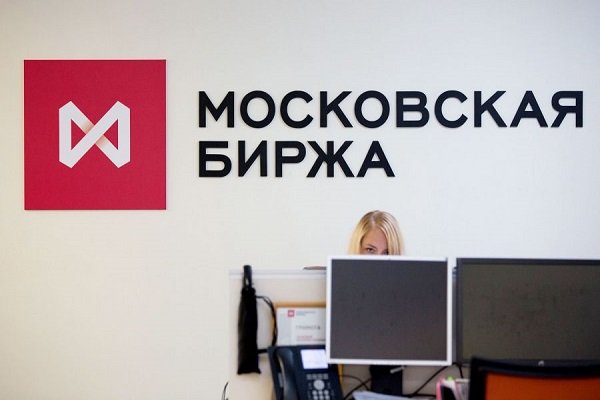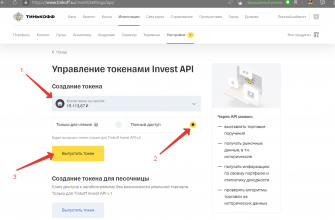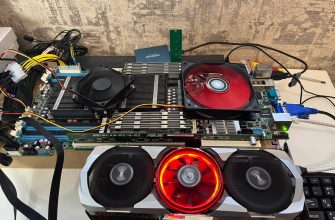Derivatives trading participants pay a commission fee on the deals they conclude. The size of these commissions varies depending on the tariff chosen by the participant. We will talk about them in the article, as well as about all those fees (commissions) that you need to pay.
The main tariffs on the Moscow Exchange
The table shows the current rates of the Moscow Exchange (VAT is not charged):
| Name | Collection of the exchange itself | Collection HKO NCC (National Clearing Centre) | Total Commission |
| Tariff No. 1 | |||
| Fixed part (rubles) | — | — | — |
| back | 0.00575% | 0.00425% | 0.01% |
| Tariff №2 | |||
| Fixed part (rubles) | 14.38 thousand | 10.63 thousand | 25 thousand |
| back | 0.0053475% | 0.0039525% | 0.0093% |
| Tariff No. 3 | |||
| Fixed part (rubles) | 143.75 thousand | 106.25 thousand | 250 thousand |
| back | 0.0050025% | 0.0036975% | 0.0087% |
| Tariff No. 4 | |||
| Fixed part (rubles) | 258.75 thousand | 191.25 thousand | 450 thousand |
| back | 0.0047725% | 0.0035275% | 0.0083% |
| Tariff No. 5 | |||
| Fixed part (rubles) | 460 thousand | 340 thousand | 800 thousand |
| back | 0.0046% | 0.0034% | 0.0080% |
Permanent (unchanging) part – paid on the first trading day (the period of time in a day when the exchange conducts trading) of each month, regardless of whether there was an application (order) or the conclusion/completion of transactions or not.
The back part is paid from the amount of the transaction on the day of the transaction, each commission is at least 0.01 rubles.
The tariff change is based on the participant’s application for the choice of such an exchange trading plan. The application must be submitted to the HKO NCC Bank within 5 working days before the beginning of the next calendar month (the selected tariff will be active from it).
Fee for admission to participation in the auction
The amounts of contributions, depending on the category of Participants to which the broker belongs, are presented in the table:
| Categories of Transaction Participants | Contribution per category |
| “O” | 5,000,000 |
| “O” (additional fee) | 250 000 |
| “F1” or “F2” | 3,000,000 |
| “T1” or “T2” | 1,000,000 |
| “D1” or “D2 | 1,000,000 |
An additional fee is taken from the Participants of category “O” for registration. It is not always charged. The decision on the availability of grounds for exemption from this fee is made on the recommendation of the Derivatives Market Committee of PJSC Moscow Exchange.
 Briefly about the categories:
Briefly about the categories:
- “O”. The participants in the transaction are licensed for brokerage/dealer activities or work on the management of valuable assets. Members of this category have the right to trade in the Stock, Commodity and Money sections. They can transact from:
- in his own name and at his own expense;
- own name and at the expense of the client;
- on behalf of and at the expense of clients that are clearing participants, as well as to make transactions with the indication of a clearing broker (depending on whether they comply with the relevant part of the access conditions).
- “F1”. Participants must have a license for brokerage activities or activities for the management of valuable assets. Members of this category have the right to trade in the Stock section from:
- own name and at the expense of clients;
- on behalf of and at the expense of clients – clearing participants, as well as to conclude transactions with the indication of a clearing broker.
- “F2”. Participants must have a dealer license. This category of Participants is allowed to trade in the Stock Section to make transactions:
- on its own behalf and at its own expense;
- indicating the clearing broker.
- “T1”. Participants must be licensed for brokerage (the license for the implementation of such a contract is counted – derivative financial assets with the underlying asset in the form of a commodity) or activities for the management of valuable assets. These Participants are granted access to the Commodity Section for transactions:
- on its own behalf and at the expense of clients;
- on behalf and at the expense of clients — clearing participants;
- indicating the clearing broker.
- “T2”. Bidders must have a license for dealer activity or they must be organizations with the amount of own funds of at least 5 million rubles. This category has access to the Commodity Section for transactions:
- on its own behalf and at its own expense;
- indicating the clearing broker.
- “D1”. Participants must have a license for brokerage activities or activities for the management of valuable assets. These Participants are allowed to trade in the Money Section to make transactions:
- on its own behalf and at the expense of clients;
- on behalf and at the expense of clients — clearing participants;
- indicating the clearing broker.
- “D 2”. Participants must have a dealer license or be a credit/international organization. This category of Participants is allowed to trade in the Money section to make transactions:
- on its own behalf and at its own expense;
- indicating the clearing broker.
In accordance with the provisions of the Eligibility Rules, Participants may be allowed to trade in one or more market segments at once, including one or two categories in one section.
The admission rules can be found
here .
Exchange and clearing fee
Both of these fees are charged on futures and margin contracts, and an exchange fee is also charged on scalping trades.
Fee for futures contracts
The amount of exchange commissions (fees) for using targetless or target orders for futures is calculated as follows:
FutFee = Round (Round (abs(FutPrice) * Round(W(f)/R(f);5) ;2) * BaseFutFee;2)
FutFee ≥ 0.01 rub.
The decoding of the formula values is presented in the table:
| Name | Decryption |
| footfee | The size of the commission for trading futures (in rubles). |
| Round | A built-in function whose task is to round a number with a given precision. |
| abs | A function to calculate the absolute value (this number is unsigned). |
| W(f) | The value of the minimum price step, which is determined according to the corresponding futures (in rubles). |
| R(f) | The minimum price move, which is determined according to the corresponding futures. |
| BaseFutFee | The base exchange rate of the futures freight rate for the Contract Group to which it belongs:
|
| FootPrice | The value of the futures price, determined in accordance with paragraphs 3.4.2-3.4.3 of this document (in units of measurement indicated in their price when placing an order). |
Fee for margin based contracts
Margin is the difference between price and cost (analogous to the concept of profit). And margined options are operations related to options trading, in which there is no cash flow on the accounts of both buyers and sellers, but the entire amount of security is stored on the trading accounts of the participants in the transaction.
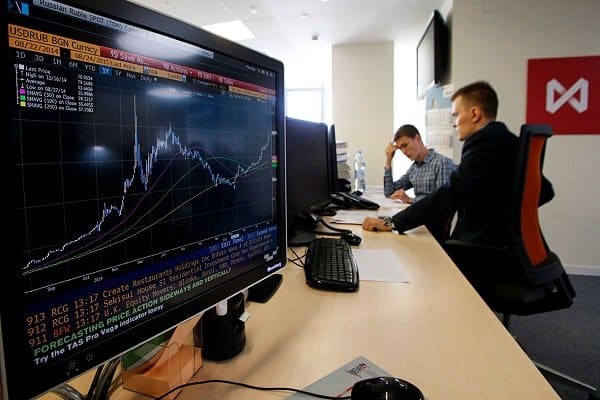
OptFee = Round (min [(FutFee * K); Round(Premium * Round(W(o)/R(o);5) ; 2) * BaseFutFee] ;2)
OptFee ≥ 0.01 rub.
The decoding of the formula values is presented in the table:
| Name | Decryption |
| Opt Fee | The amount of commission (in rubles) for making a deal. |
| Round | There is a breakdown in the previous subsection. |
| footfee | Commission amount (in rubles) for futures trading. |
| Premium | The value of the option premium (in units of measurement specified in the order for the option price). |
| W(o) | The size of the minimum price step (in rubles). |
| R(o) | Minimum price move. |
| BaseFutFee | The value of the base rate at which the option is concluded is 0.06325 (exchange). The calculated base interest rate of conclusion is 0.04675 (clearing). |
| To | Additional coefficient: K=2. |
Fee for scalping trades
Scalping futures trading is trades based on no-target orders. They lead to the opening and closing of futures positions within one trading period. More details about the instruments of these deals in the table:
| Name | Definitions | Billing |
| Futures | Forward transactions executed on the basis of non-target orders, they lead to the opening and closing of positions in futures within one trading period. | 0.5 of the total exchange fees for scalping trades. |
| Options | Forward transactions executed on the basis of non-target orders, if the option is exercised within one trading period (regardless of value), lead to the opening of opposite positions. The purchase of options to buy (Call) and sale – to sell (Put) can lead to the opening of long positions in futures. Selling Call Options and buying Put Options will result in short futures positions. Options for scalping pairs:
|
The total commission for executing scalping trades using options is calculated using the following formulas:
- Fee = (OptFee(1) + OptFee(2)) * K → if OptFee(1) = OptFee(2);
- Fee = 2 * OptFee(1) * K + (OptFee(2) – OptFee(1)) → if OptFee(1) < OptFee(2);
- Fee = 2 * OptFee(2) * K + (OptFee(1) – OptFee(2)) → if OptFee(1) > OptFee(2).
Deciphering the meanings of the formulas is presented in the table:
| Name | Decryption |
| Fee | Total exchange commission for scalping operations (in rubles). |
| Opt Fee(1) | The total amount of fees for the execution of trades in one trading period with options that lead to the opening of futures, calculated according to the subsection “Fee for margin-based contracts”. |
| Opt Fee(2) | The total amount of fees for the execution of transactions in the trading period …, which lead to the closing of futures, calculated according to the subsection “Fee … based on margin”. |
| To | A factor that is always 0.5. |
Fee for Calendar Spreads
Calendar Spread – Buying and selling futures with different maturities based on spread orders at the same time.
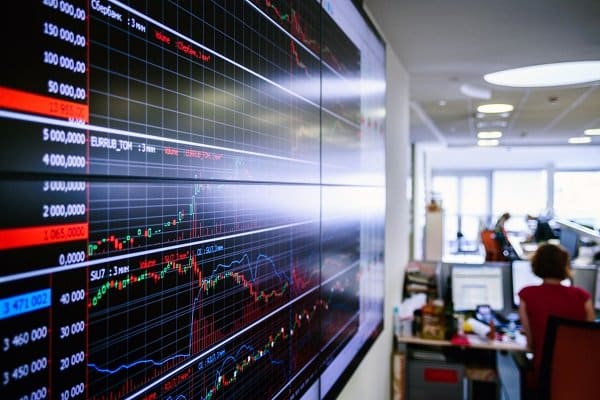
FeeCS = ΣFutFeeCS * (1 – K) The interpretation of the values of the formulas is presented in the table:
| Names | Decryption |
| FeeCS | Fee (in rubles) of the Calendar Spread based on no-target orders within one trading period. |
| To | The effective discount rate during the marketing period, which is 0.2. This period, starting from the first trading day, is six months. During this period, you can conclude futures based on no-target orders. At the end of the period, the discount rate is not applied (here it is = 0). |
| ΣFutFeeCS | Fee for futures transactions (in rubles) charged on the basis of untargeted Calendar Spread orders is calculated as follows: FutFeeCS = Round ((Round ((abs FutPrice(1)) + abs(FutPrice(2))) * Round (W( f)/R(f);5)) ;2) * BaseFutFee;2) where:
For other values, there is a transcript above. |
The formula for calculating the amount of fee for Calendar Spreads on futures based on the order for the “Calendar Spread” deal during the trading day is as follows:
FeeCS = ΣFutFeeCS The explanations of the values used are already given above in the article.
Other fees
There are also the following contributions:
- Contribution to the Guarantee Fund. The smallest possible contribution of each of the Clearing Members to this fund is 10 million rubles. Document of PJSC Moscow Exchange on this type of contributions – download .
- Clearing commission and tariffs. The concepts and meanings can be found in these documents:
- Transaction fees. The document on “Additional fees …” is dedicated to these fees by the exchange – see the document . Charged for transactions:
- inefficient (if a dealer or a client conducts many transactions, but at the same time makes few transactions);
- erroneous Flood Control (if the dealer or the client conducts many such transactions with error code 9999);
- erroneously executed, but different from Flood Control (if the dealer or his client makes many such transactions with error codes 31, 332, 333, 4103, 3, 14, 50, 0).
In order to trade on the Derivatives Market, you first need to understand all its nuances. Including with tariffs, commissions charged on them and fees that are offered to participants in this type of auction.
